Tyre and Rubber Recycling has been carrying news of imminent changes to India’s tyre management, with the long-threatened imposition of an EPR scheme.
Update on Indian EPR proposal
In our interview with Tinna Rubber’s Gaurav Sekhri, he said it was coming, but it might be some time. Others said it would take 10 years. However, in January 2022 the draft document was issued by the Indian government, and it included recycling rates for the year 2022-23. It is essentially upon us.
The original report suggested that the National Green Tribunal was quoted as saying that 275,000 tyres were landfilled annually in India. This figure is, we think, suspect, as the Automotive Tyre Manufacturers Association put the figure being landfilled or burned as high as 60% of India’s tyre arisings. This was of course disputed by India’s tyre recyclers.
However, Tyre and Rubber Recycling now has a copy of the Draft document, and for those relying on exports to India, it makes for uncomfortable reading.
The EPR Scheme is scheduled, in the draft document, to come into effect in the year 2022 – 2023. It impacts upon businesses who are involved in “any activity of production/manufacturing of new tyres, import of new/waste tyres and recycling of waste tyres”.
A Producer under the EPR scheme, is defined in the draft document as “any entity who(i) manufactures new tyres, (ii) imports new tyreswaste tyres.
Okay, so we have been in the game long enough to know that people will find ways, but then, whilst the regulations do not ban the production of Pyrolysis oil/char or recovered Carbon Black. It does add this:
For waste tyre importers:
- The EPR obligation for waste tyre importers in year (Y) will be 100% of the tyres imported in that year.
- The import of waste tyres for the purpose of producing pyrolysis oil/ char is prohibited.
This second requirement, or ban, on the use of imported waste tyres for pyrolysis is going to hit hard. We are sure that some will find a way, but if India imposes the regulations strictly, and without derogation, those who export tyres to India destined for their pyrolysis sector will, at best, see a steep decline in demand, and at worst a complete block on sales to India.
There have already been issues of containers being turned back and containers being abandoned at the port due to refusals to pay the customs fees. This is going to become the norm as EPR is introduced.
The biggest market for the West’s waste tyres is closing the door and restricting access. As tyres flood into other markets, how long before they too close the door?
Ultimately, the UK, Europe and the USA are going to have to find alternative outlets for their tyre waste. Maybe this might drive investment and support for domestic recycling.




















